Explanation of Microsoft PowerPoint and its uses

Microsoft PowerPoint Logo
Microsoft PowerPoint is a presentation application created by Microsoft that enables users to create, edit, and deliver presentations. It has tools and features that make producing presentations simple and efficient, such as customizable layouts, formatting possibilities, multimedia integration, animation and transition effects, and collaborative capabilities. It is commonly used for corporate meetings, academic lectures, and public speaking.
PowerPoint is commonly used for the following purposes:
Microsoft PowerPoint is a flexible program with several capabilities for creating professional-looking presentations for various applications. It is used for
Business presentations
Academic presentations
Public speaking
Social media content
It is a popular tool for enlightening, educating, and encouraging an audience and other different areas.
The Importance of learning PowerPoint
Learning Microsoft PowerPoint is an important skill for anyone who wants to improve their communication skills, enhance their professional or academic presentations, and keep up with the demands of the digital age. There are many resources available online to help you learn, such as free courses, tutorials, and guides. For those who want more structured and in-depth learning, there are paid courses available online. MS PowerPoint professional training can be found at https://ezilearnonline.com/powerpoint/.
Microsoft PowerPoint's fundamental functions include:
1. Creating a new presentation:
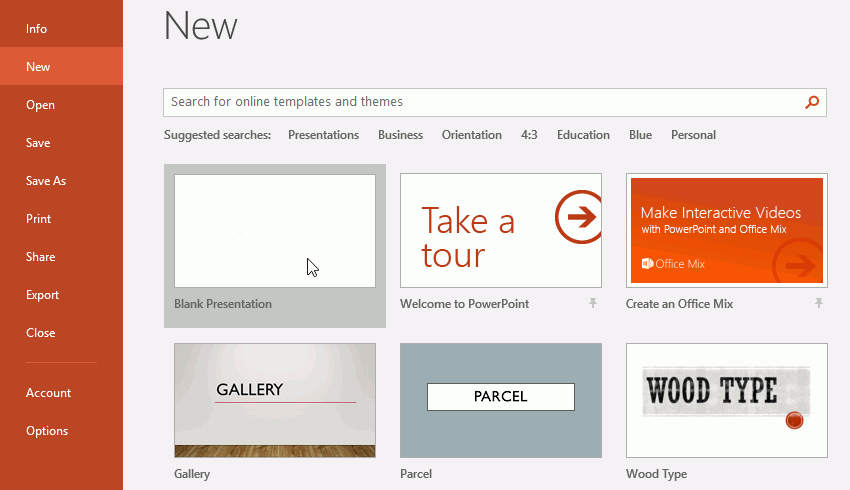
Creating a new presentation on PowerPoint
Launch PowerPoint and select "New Presentation" from the start menu to create a new presentation.
2. Understanding the workplace:
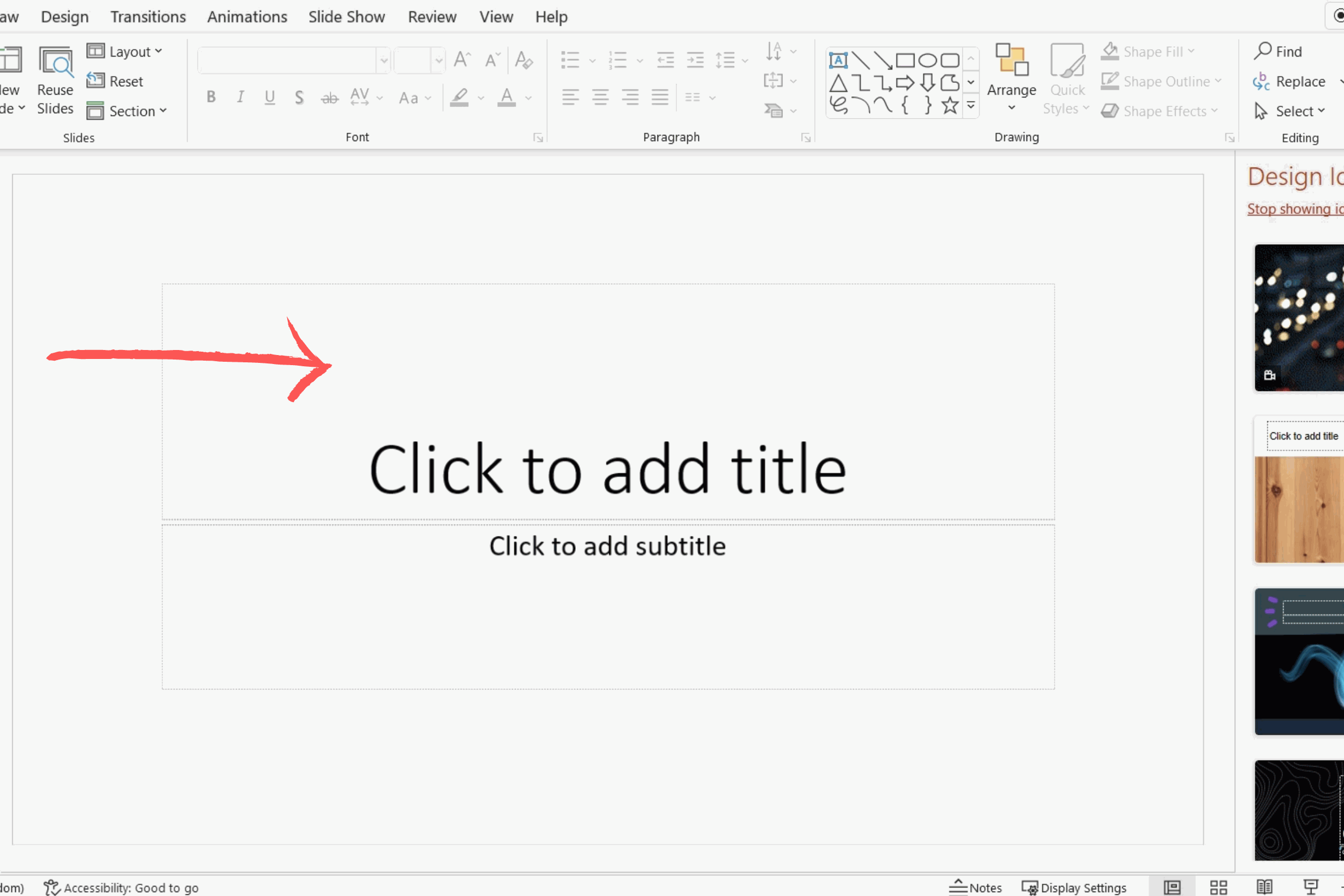
Workplace in Microsoft PowerPoint example
The PowerPoint workspace consists of a slide window, slide preview pane, notes pane, and ribbon. The sliding window shows the current slide, the thumbnail pane shows all the slides, and the notes pane lets you comment on each slide.
3. Text edition and formatting:

Text edition and formatting in MS PowerPoint
PowerPoint allows you to insert and style text on slides by selecting the text box and formatting it using the ribbon.
4.Adding and editing images:
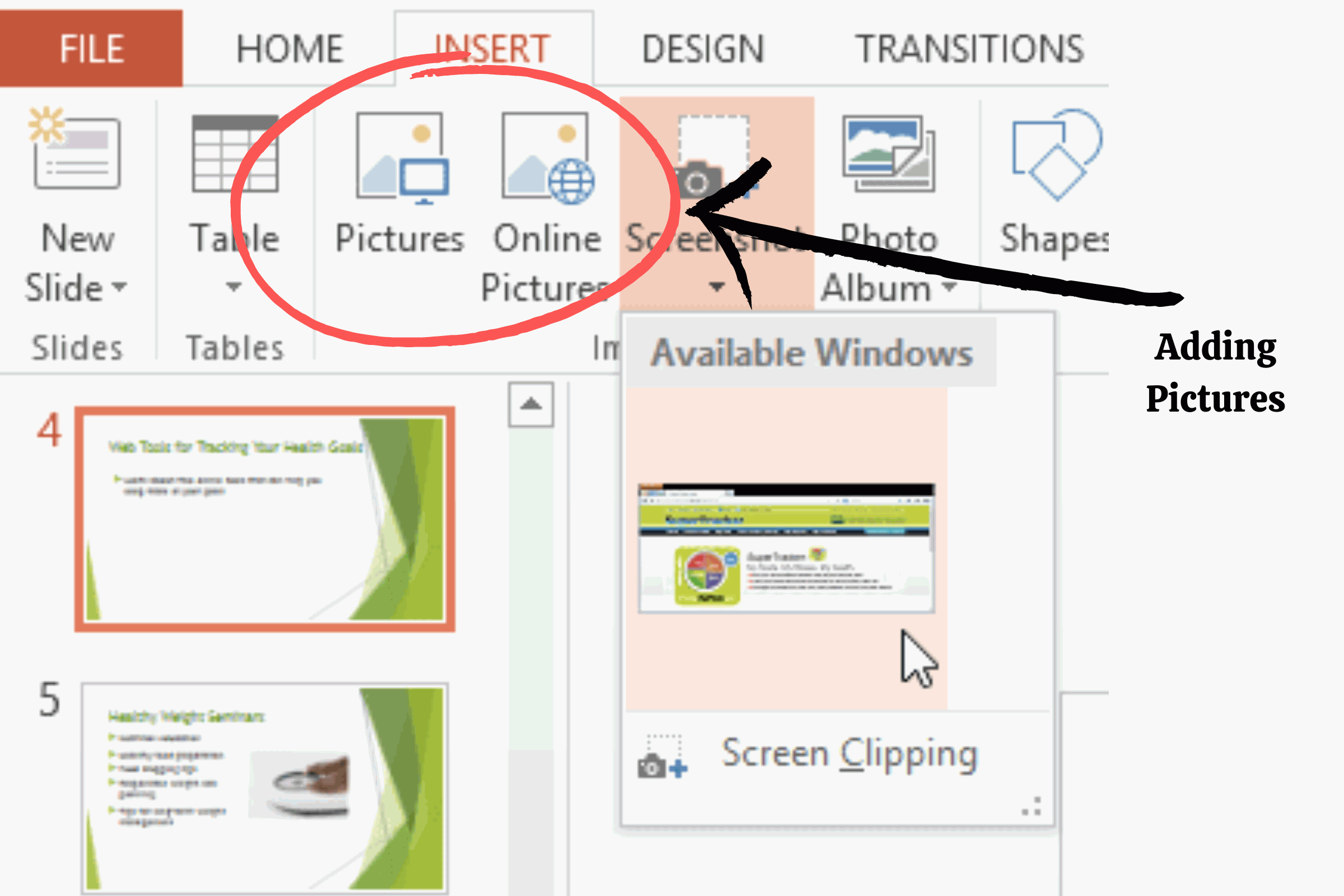
Adding and editing images in MS PowerPoint
Images can be added to PowerPoint presentations using the "Insert" tab and the tools in the ribbon.
5. Adding and editing shapes and charts:
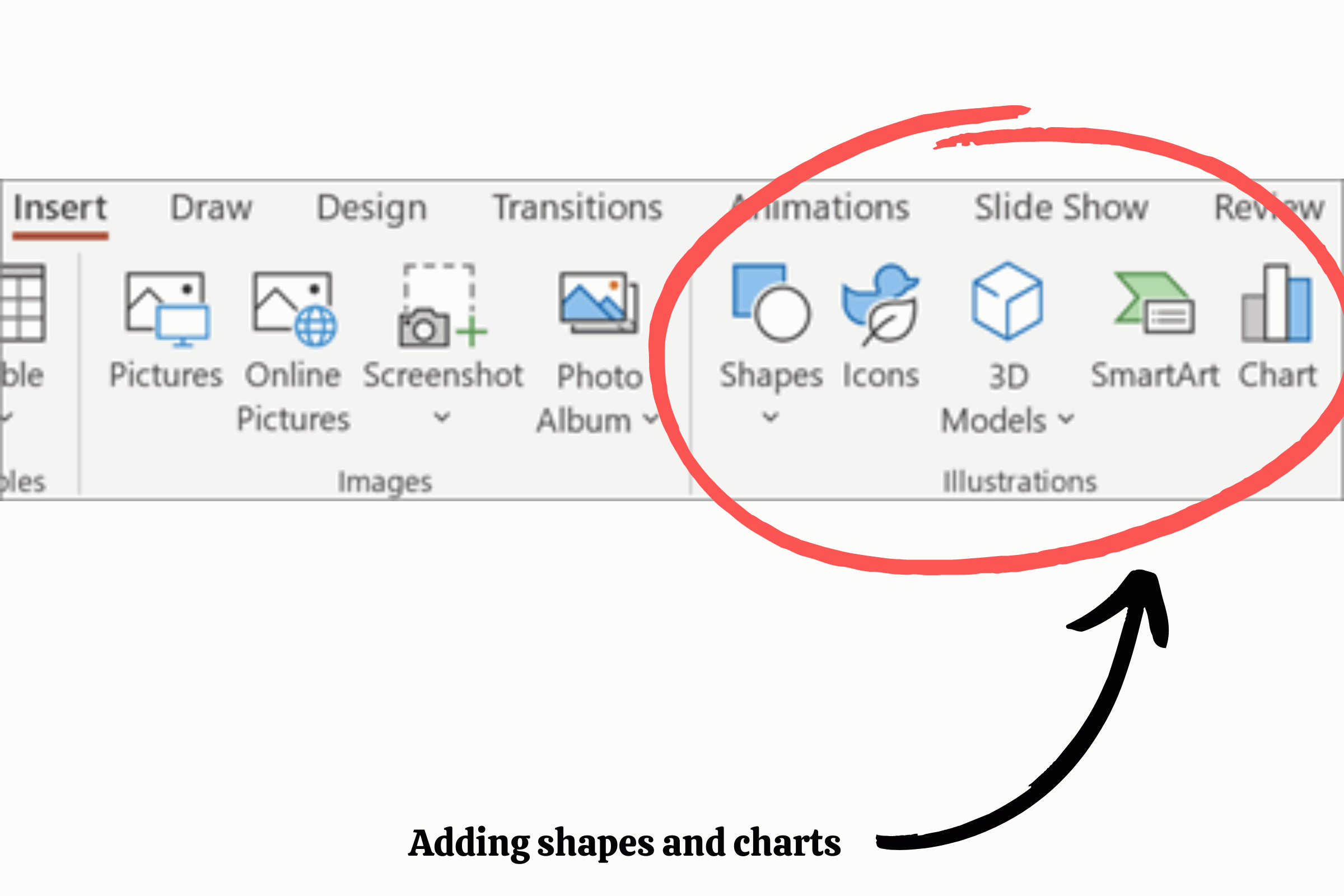
Adding and styling shapes and charts to PowerPoint presentations
Add and style shapes and charts to PowerPoint presentations by going to the ribbon's "Insert" option and selecting "Shapes". Format shapes by changing their height, color, and design.
6. Saving and sharing presentations:
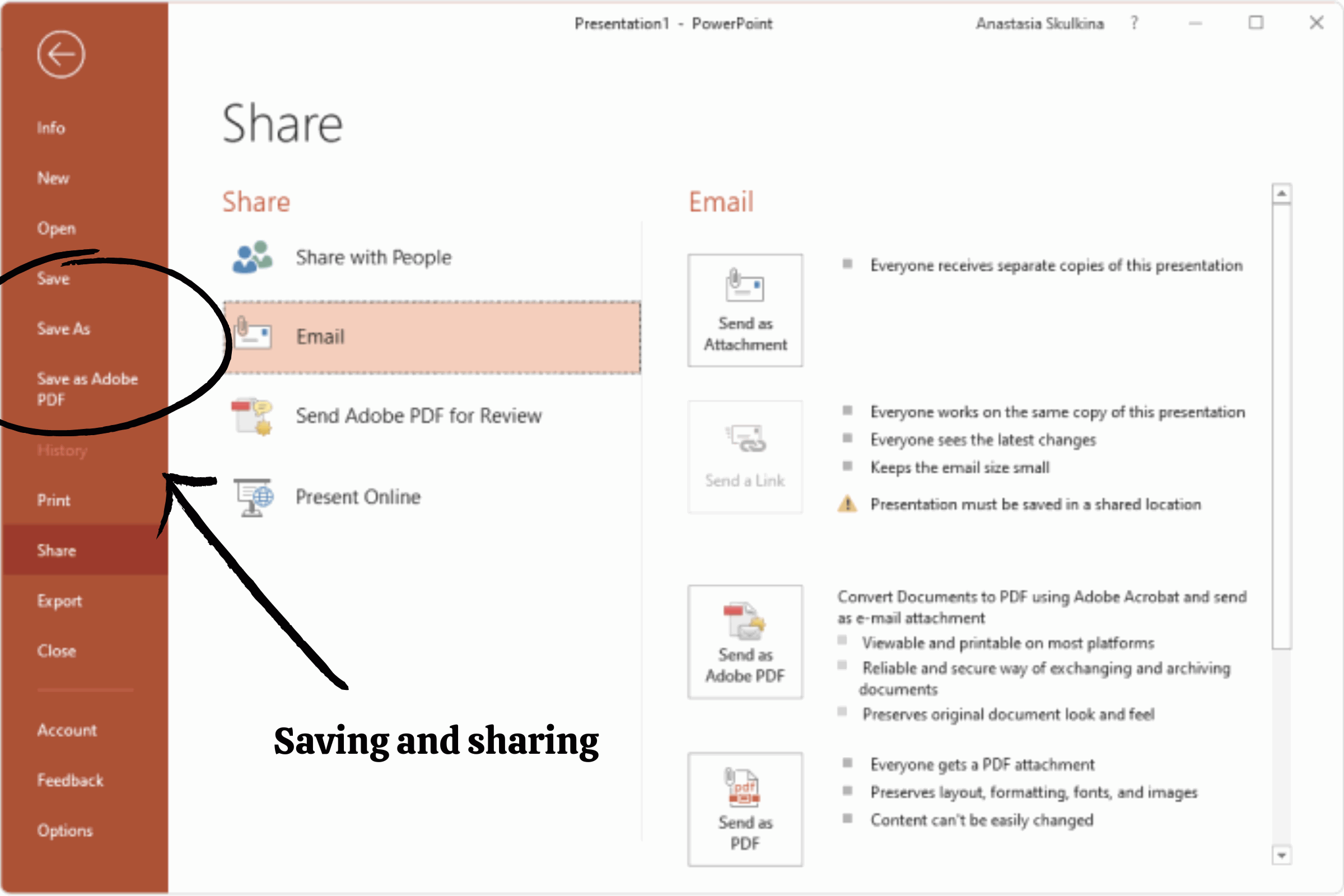
Saving and sharing presentations in MS PowerPoint
Save a PowerPoint presentation by selecting the "Save" icon, share slideshows by clicking the "Share" icon, or export them to a file type.
How to access Microsoft PowerPoint?
To use Microsoft PowerPoint on a computer, you must either have it installed or access it through a web-based program. To access PowerPoint on your PC, follow these steps:
Open your favorite online browser and navigate to www.office.com if you have a Microsoft 365 subscription.
Enter your Microsoft account login credentials after clicking the "Sign In" button.
Having signed in, click the "PowerPoint" button to launch the application.
If you have PowerPoint installed on your computer, you may launch it by selecting the Start button, typing "PowerPoint" into the search field, and selecting the PowerPoint icon from the search results.
If you do not already have PowerPoint installed on your computer, you may buy it.
Advanced Features of Microsoft PowerPoint
Microsoft PowerPoint is a popular tool used in conferences, meetings, and lectures, and a Microsoft PowerPoint test is the best way to assess candidates' basic and advanced skills.
1. Create charts and graphs

Creating charts and graphs in MS PowerPoint
Charts and graphs are essential for making beautiful presentations, adding visual impact, and showing how data has changed over time.
2. Create or edit presentation handouts
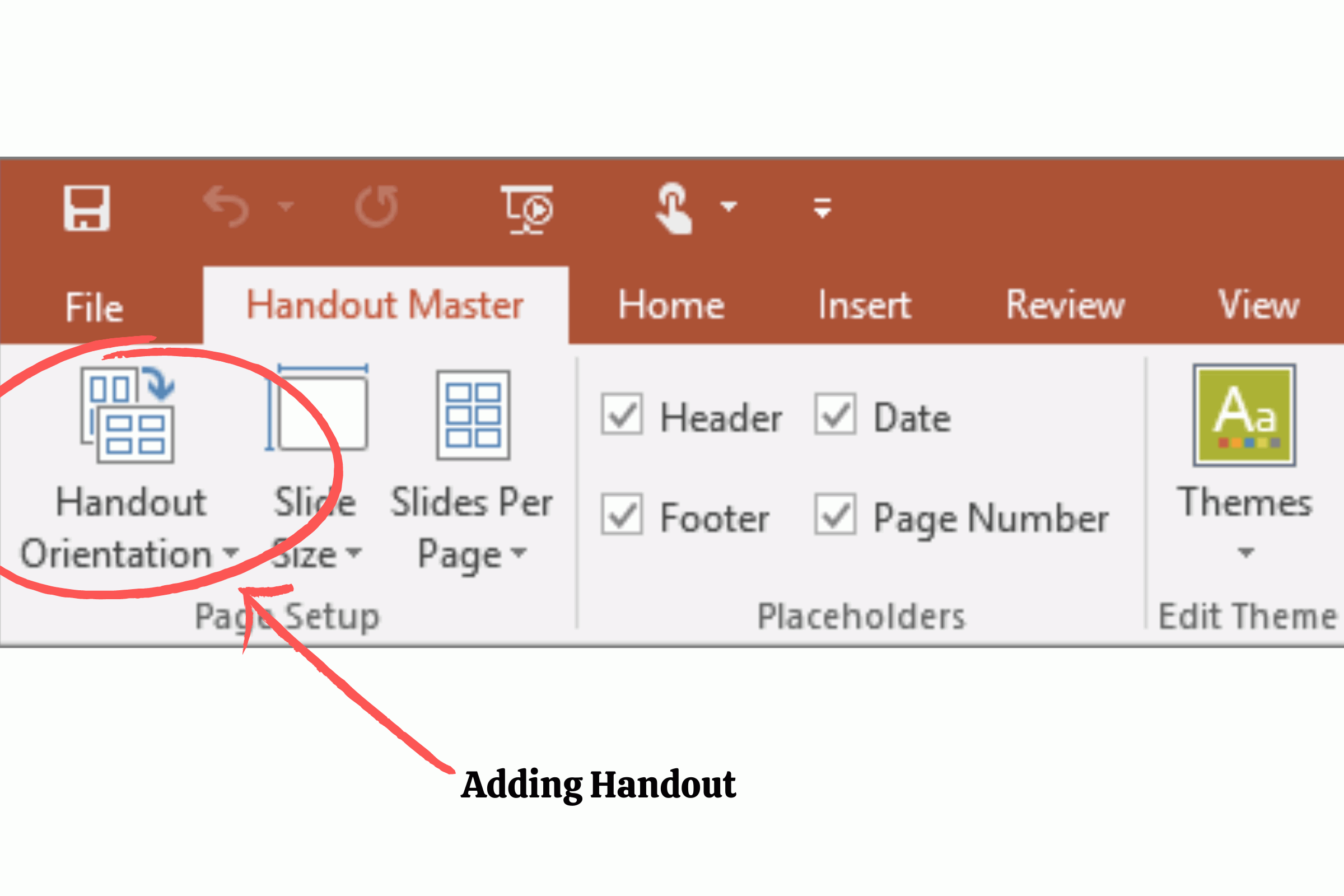
Create or edit presentation handouts in MS PowerPoint
Presentation handouts can be customized by clicking on the "Handout Master" option to modify the layout, background, headers, and footers.
3.Turn dull text into SmartArt

Turn dull text into SmartArt in Microsoft PowerPoint
SmartArt converts plain text into aesthetically appealing images, allowing users to select the type of SmartArt they want and enter a photograph.
4.Determine and match precise hues

Determine and match precise hues in MS PowerPoint
The eyedropper tool can be used to quickly identify the precise hue of a logo by selecting the "Format" tab, choosing "Text Fill" or "Shape Fill", and holding the mouse button.
5. Delete a picture's backdrop

Delete a picture's backdrop in MS PowerPoint
The most important details are how to erase a picture's backdrop in PowerPoint, using Mark Areas to Retain and save the altered image as a file.
6.Customizing themes and layouts
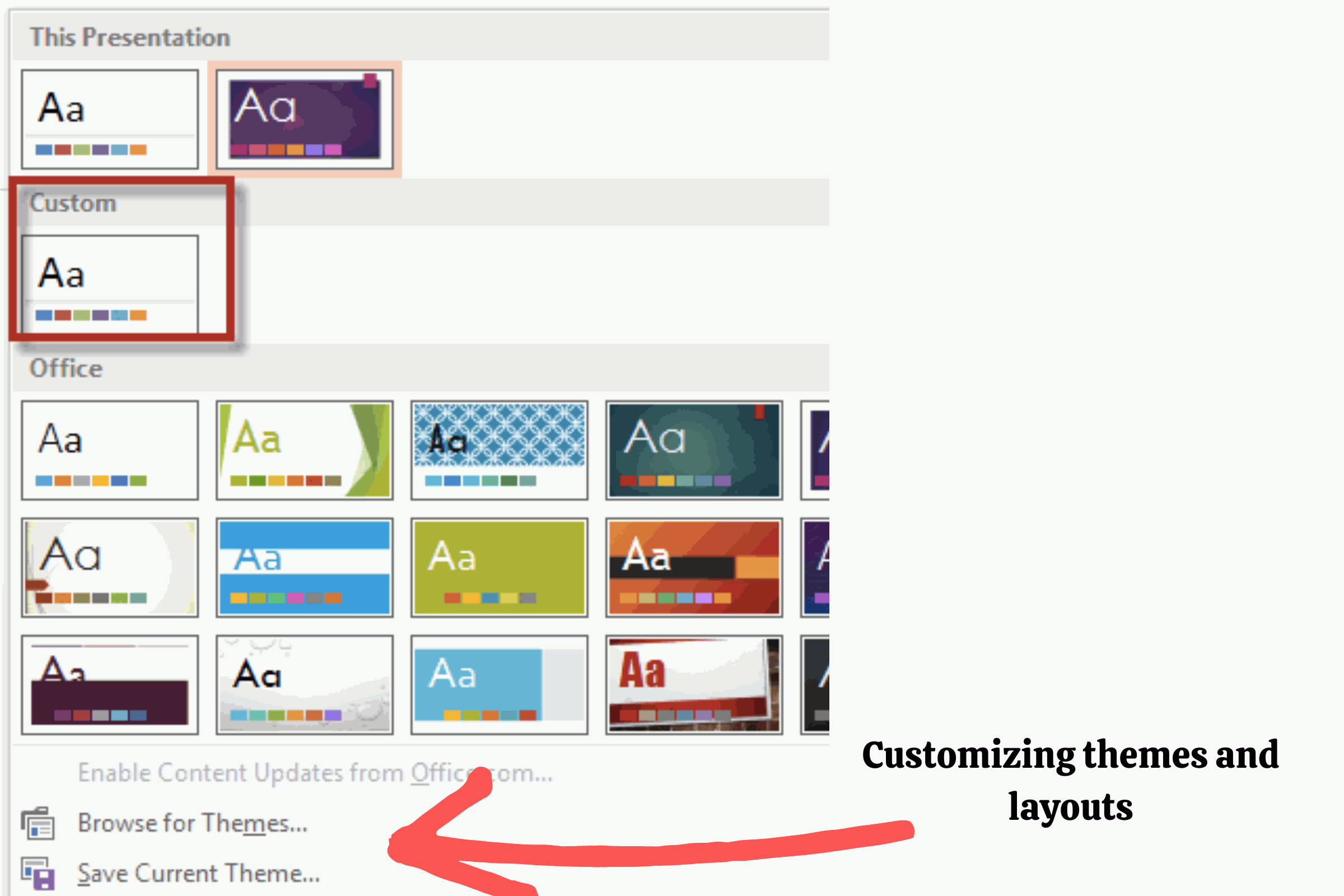
Customizing themes and layouts in MS PowerPoint
Tag a portion of slides in a presentation file to show it to a certain audience by choosing an arrangement.
7.Working with animations and transitions

Working with animations and transitions in MS PowerPoint
Animation, sound, and slide transitions can be added to make a PowerPoint presentation more dynamic and memorable.
8. Adding hyperlinks and actions
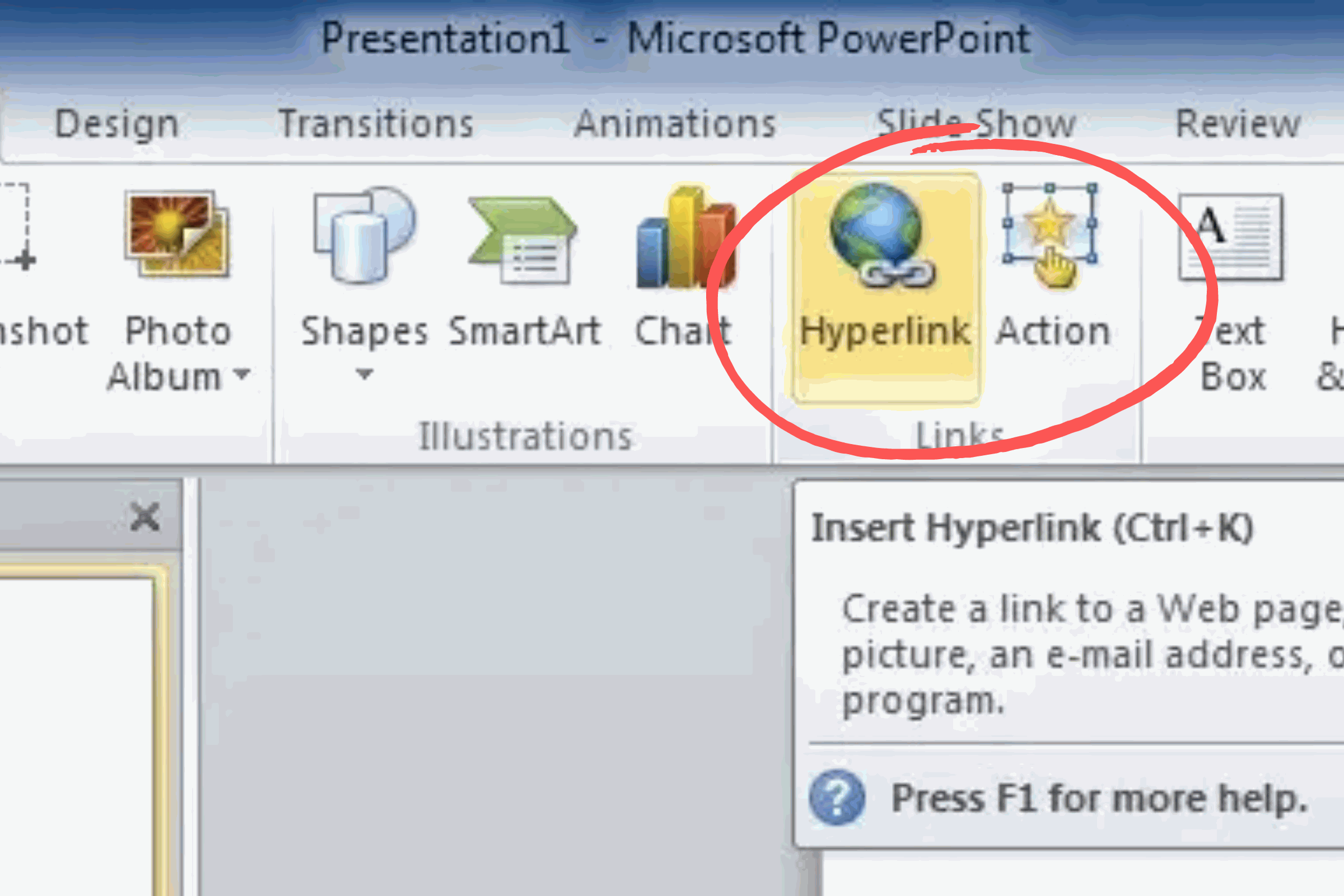
Adding hyperlinks and actions in Microsoft PowerPoint
The "hyperlink" option in PowerPoint allows viewers to move from one slide to another, creating a more dynamic and engaging experience.
9.Using presenter view
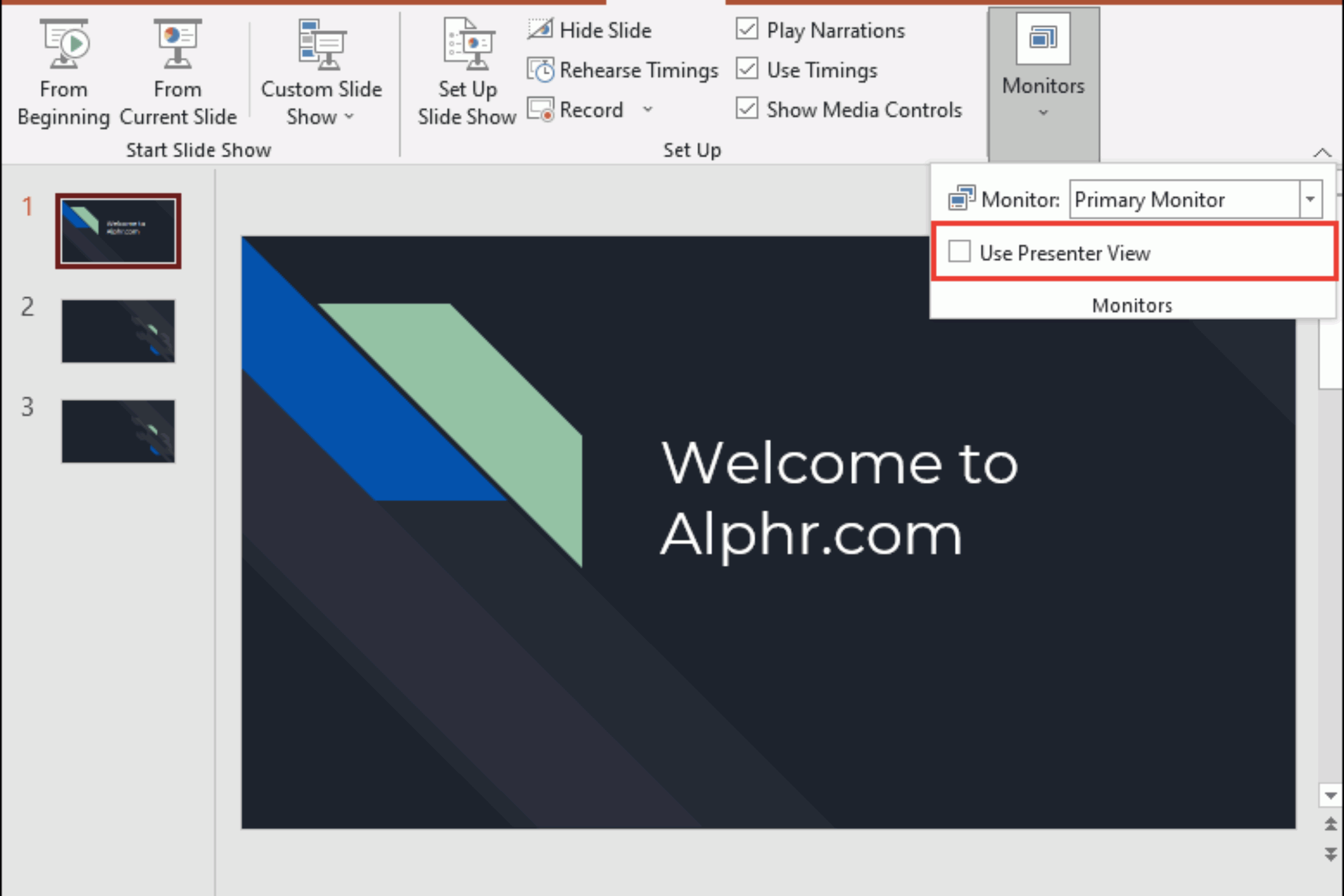
Using presenter view in MS PowerPoint
Presenter view allows for two monitors to be used for a presentation, but PowerPoint only allows for two monitors.
Tips and Tricks for Microsoft PowerPoint
1.Using Shortcuts
Here are some useful keyboard shortcuts for Microsoft PowerPoint:
Create a new slide: Ctrl + M
Duplicate a slide: Ctrl + D
Move to the next slide: Page Down or Down Arrow key
Move to the previous slide: Page Up or Up Arrow key
Start a presentation from the beginning: F5
End a presentation: Esc
Zoom in: Ctrl + Shift + = (equal sign)
Zoom out: Ctrl + - (minus sign)
Copy selected object: Ctrl + C
Cut selected object: Ctrl + X
Paste copied or cut object: Ctrl + V
Undo: Ctrl + Z
Redo: Ctrl + Y
Select all objects on a slide: Ctrl + A
Insert a hyperlink: Ctrl + K
The group selected objects: Ctrl + G
Ungroup selected objects: Ctrl + Shift + G
Align objects: Ctrl + E (center), Ctrl + L (left), Ctrl + R (right)
Distribute objects: Ctrl + Shift + A (horizontally), Ctrl + Shift + D (vertically)
Save: Ctrl + S
These shortcuts can save you time and make your PowerPoint expert.
2.Creating templates for future use

Creating templates for future use in MS PowerPoint
Create a template in PowerPoint and design the slide layout and format placeholders with desired font, color, and style. Save the template and modify it in the future.
3. Adding narration and timing
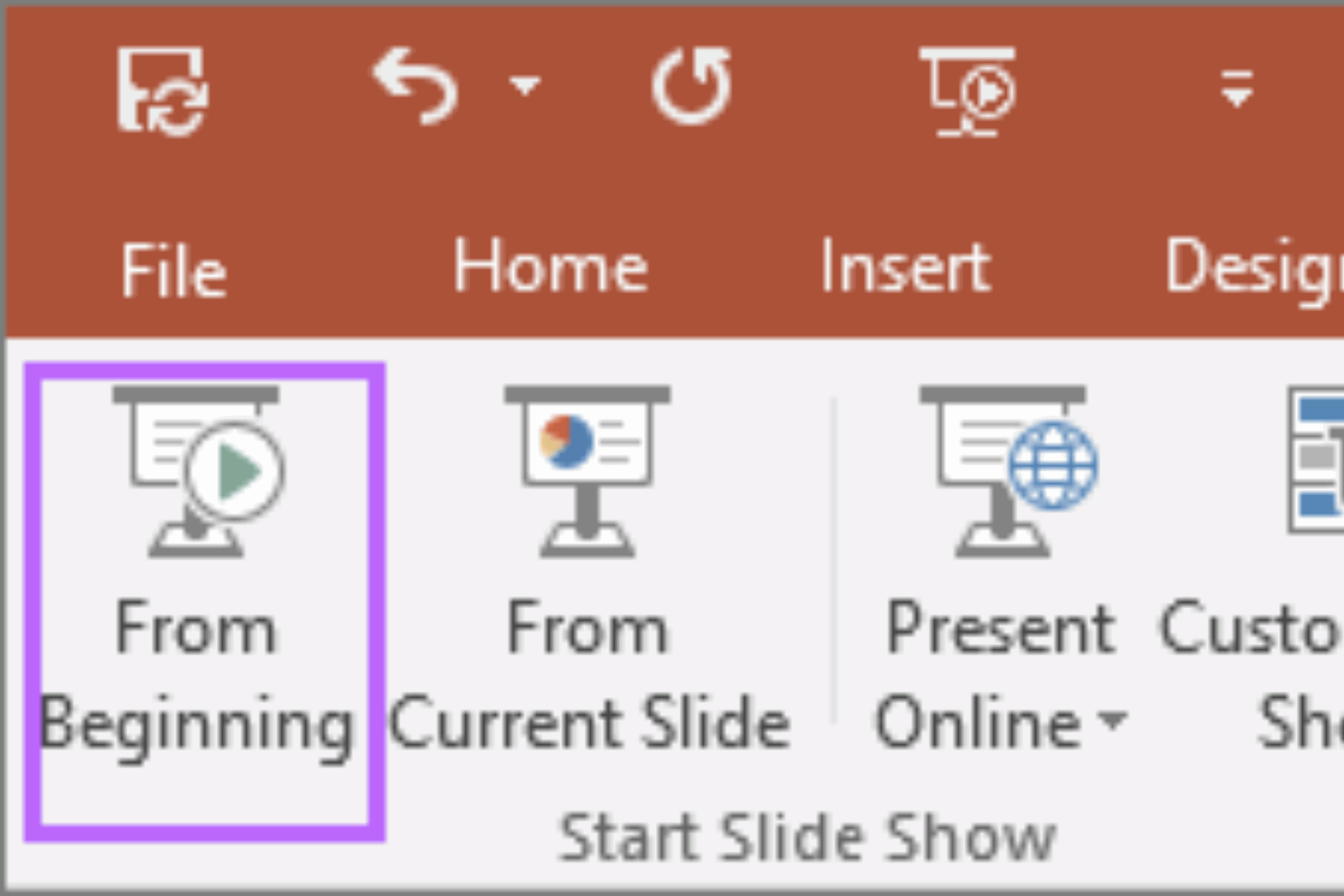
Adding narration and timing in MS PowerPoint
Record narration and timings in Microsoft PowerPoint by clicking on Record Slide Show, selecting whether to record with or without narration, speaking into the microphone, and finishing the presentation.
4.Using notes and comments
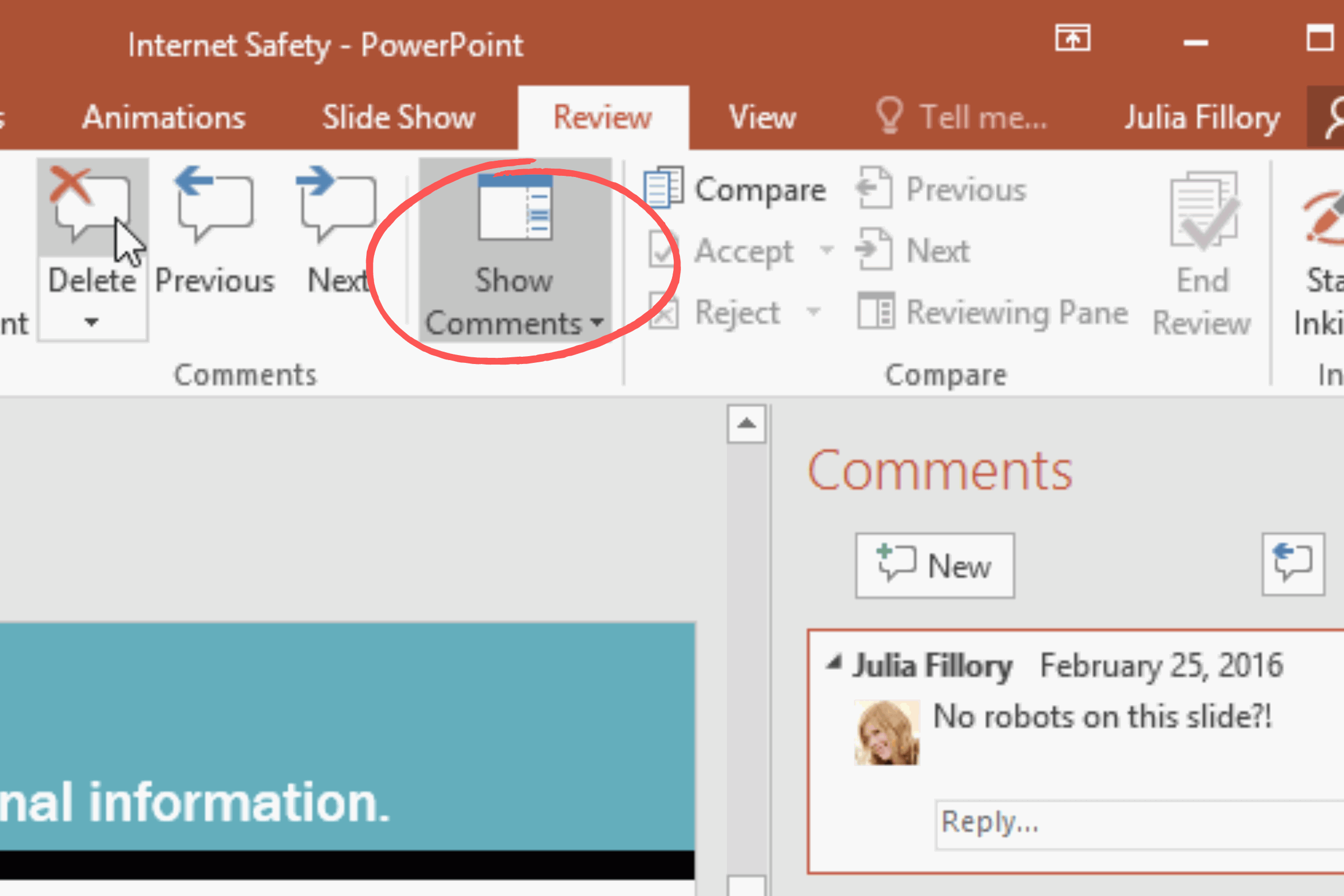
Using notes and comments in MS PowerPoint
Microsoft PowerPoint allows users to add comments to a slide or object by selecting New Comment or Show Markup, or by opening the Notes pane.
5. Embedding YouTube videos
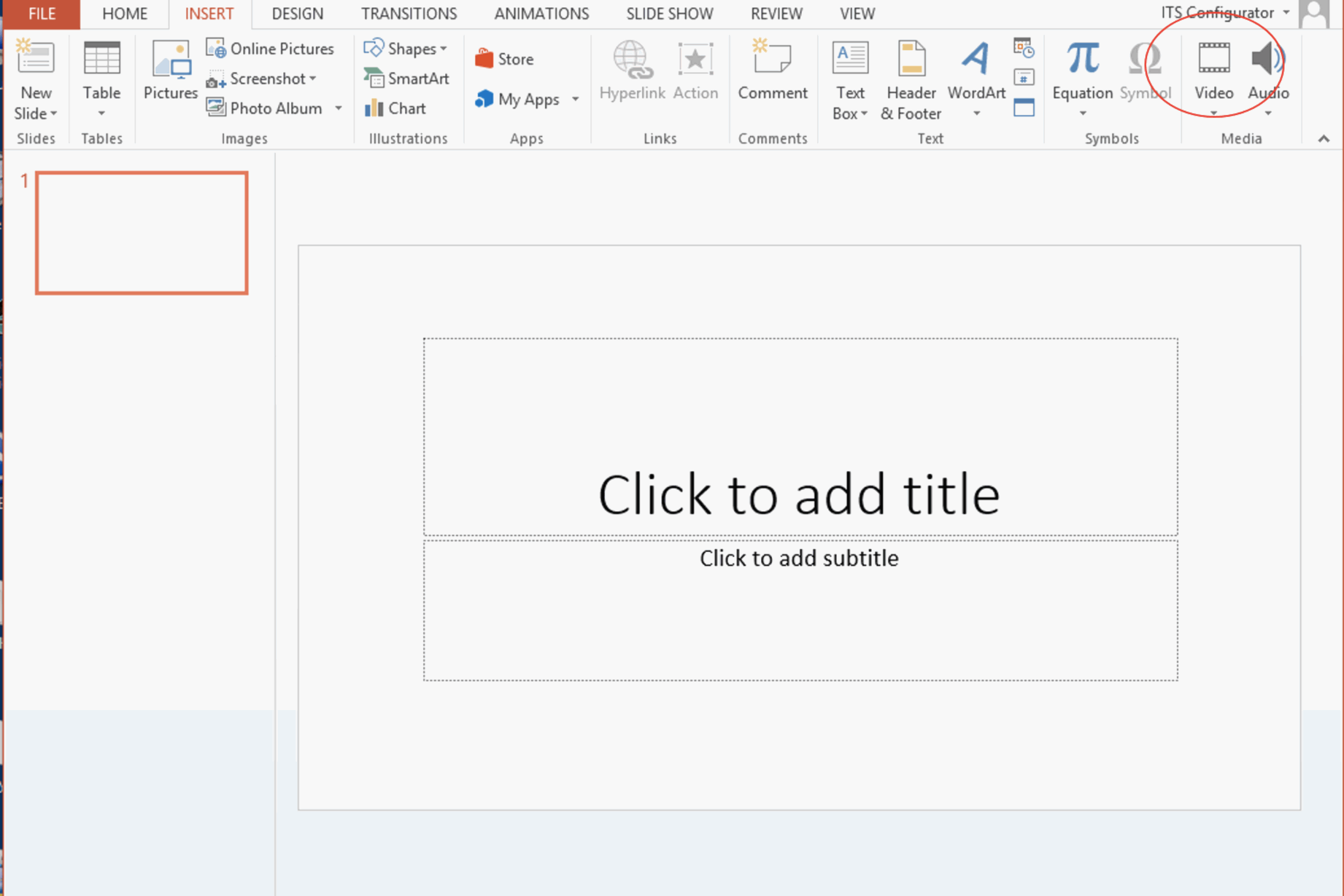
Embedding YouTube videos in MS PowerPoint
Insert a YouTube video into a PowerPoint presentation by using the Insert tab and Pasting the URL.
6.Collaboration and co-authoring
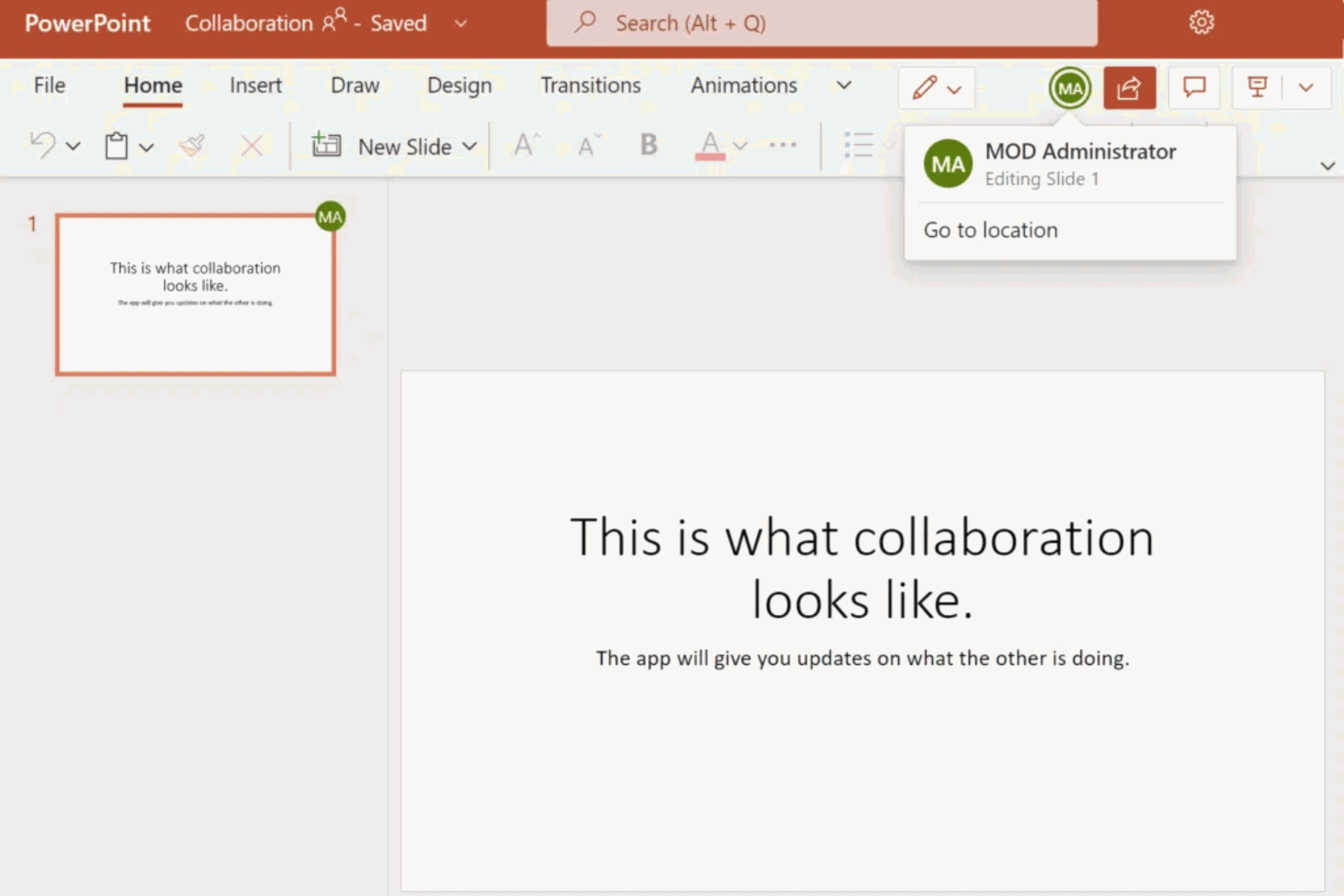
Collaboration and co-authoring in MS PowerPoint
Collaboration and co-authoring in Microsoft PowerPoint requires an internet connection, a Microsoft account, and the same version of PowerPoint, with automatic changes and comments saved.
Tips you can use in PowerPoint presentation
Here are some fun tips you can use in a PowerPoint presentation to make it more engaging and interesting:
Use animations: Add animations to your text and images to make them come to life.You can use entrance animations, exit animations, and even motion paths to make your presentation more dynamic.
Add multimedia: Include multimedia such as videos, audio, and images to add variety and interest to your presentation.
Use transitions: Use different transition effects between your slides to create a seamless flow between your presentation's sections.
Use humor: Use a bit of humor, but be careful not to overdo it.
Include interactive elements: Add interactive elements such as quizzes, polls, and games to engage your audience and keep them involved in your presentation.
Use icons and emojis: Use icons and emojis to add personality to your presentation and make it more visually appealing.
Use infographics: Use infographics to present complex data and statistics in an easy-to-understand format.
Use memes and pop culture references: Use memes and pop culture references to relate to your audience and make your presentation more relatable. Remember, while these tips can make your PowerPoint presentation more fun and engage, it's also essential to keep your presentation professional and on-topic.
How to use Microsoft PowerPoint in your business?
Microsoft PowerPoint can be a valuable tool for businesses to create engaging and professional presentations for various purposes, such as
Sales presentations: PowerPoint can be used to create visually compelling presentations to showcase products or services and persuade potential customers to make a purchase.
Training sessions: Businesses can use PowerPoint to create training modules and materials for employees, providing them with important information and skills to perform their jobs effectively.
Company meetings: PowerPoint can be used to create presentations for company meetings, such as quarterly or annual reviews, providing an overview of the company's performance and goals.
Investor pitches: PowerPoint can be used to create presentations for investors, highlighting the company's achievements, goals, and potential for growth.
Here are some tips for using Microsoft PowerPoint effectively in your business:
Keep it simple: Avoid cluttered slides and focus on delivering your message clearly and concisely.
Use visuals: Incorporate high-quality images and graphics to make your presentation more engaging and memorable.
Use a consistent theme: Choose a consistent color scheme and font style throughout your presentation to make it look professional and polished.
Practice your delivery: Practice your presentation beforehand to ensure that you deliver it confidently and smoothly.
Use multimedia: Consider incorporating multimedia elements like videos, animations, and audio to make your presentation more dynamic and engaging.
Know your audience: Tailor your presentation to your audience's interests and needs to make it more relevant and engaging.
Overall, Microsoft PowerPoint can be a powerful tool for businesses to create engaging and impactful presentations, and with a little practice and creativity, you can use it to effectively communicate your ideas and achieve your business goals.
Best Practices for Microsoft PowerPoint
Effective slide design:
- Employ minimal and straightforward design components.
- Keep the quantity of text on each slide to a minimum.
- Employ graphics to reinforce your point.
- Maintain consistency in the style and format of your slides.
Identify your target audience:
- Understand your target audience's background and degree of knowledge.
- Make your presentation relevant to their needs and interests.
- Utilize language and vocabulary suited for your target audience.
Utilizing visuals correctly:
- Utilize graphics to complement, not detract from, your message.
- Choose high-quality photographs that are pertinent to your message.
- Graphs and charts may be used to convey facts clearly and straightforwardly.
Avoiding typical blunders:
- Avoid stuffing your presentations with content and graphics.
- Use as few animations or transitions as possible.
- Check your slides for typos and errors.
Practicing and rehearsing:
- Before the occasion, practice your presentation.
- Time yourself to ensure that you stay within the time limit.
- Collaborate with colleagues or acquaintances to get feedback and use their recommendations to improve your presentation.
Importance of continuous learning and improvement
Continuous learning and improvement of Microsoft PowerPoint skills are important for several reasons:
- keeping up with new features
- improving efficiency
- creating more engaging presentations
- advancing career
- staying competitive
By improving your skills, you can stay ahead of the curve and maintain a competitive edge in your field.
Consider taking online classes, watching tutorials, or attending seminars to improve your Microsoft PowerPoint abilities. Practice is also important; the more you use PowerPoint, the more at ease and competent you will become.
Remember to keep your audience in mind while using PowerPoint and develop presentations that are entertaining and relevant to them. Avoid cluttering your slides with text and photos by using visuals to complement your point.
Ultimately, Microsoft PowerPoint is a useful tool for delivering excellent presentations, and you can become a more efficient and effective presenter by constantly learning and developing your abilities.

